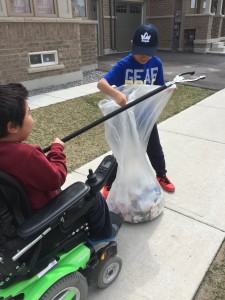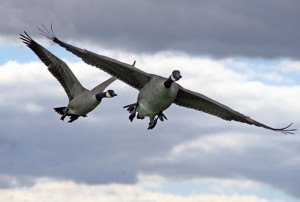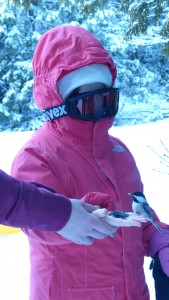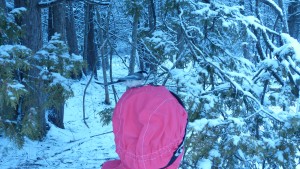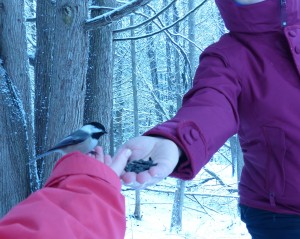We have clocked in three months in our kindergarten class so far, and on the whole, my ECE partner and I feel there are some really strong aspects of our day – the outdoor learning blocks at the beginning and end of the day, for example, and weather permitting, outdoor time in the middle of the day for a small group activity (today it was raining and the puddles were the big attraction).
Since we are with the students for the majority of the day, the two of us have worked at creating a ‘flow’ to the day. Nonetheless, we find we are still constantly making adjustments to the classroom set up, to activities, and to the overall schedule. For example, we have trimmed our circle times considerably since our students sit as a large group for music and games in French with their two other teachers each day. What we occasionally do now is have a quick everybody-to-the-carpet for a regrouping or a message before an event or activity, with the time spent sitting limited to about one or two minutes maximum. Sometimes it is just a chance to have a ‘huddle’ for a reminder that we are about to do something together as a class – tidy up, wash hands, get ready to go outside, or line up for library. The message is simple and clear and helps the students prepare for a transition, and we have sometimes used it as an opportunity to ground the group if the energy has risen towards the rafters.
Considering that the model of Full Day Kindergarten (FDK) is mandated to reflect the structure of the preschool day rather than a Grade 1 classroom, we often have to remind ourselves of the board directive for a play-based program as we leave behind longer, teacher-lead, large group lessons. However, this can sometimes lead us to feel as if we are not adequately preparing our students for reading and writing activities in the Grade 1 program. Thus, we are at odds as to the delivery of our program – preschool exploration or preparation for seatwork using alphabet and number systems, or a possible blend of the two? (for insightful articles discussing this conundrum in kindergarten, please see, “The Joyful, Illiterate Kindergarteners of Finland” from The Atlantic, as well as the blog, “Why I Don’t Like Play-Based Learning.”).
In our classroom, I guess you could say we have attempted a blend of large group circle time for music and games balanced with opportunities for individual inquiry and play-based (i.e. student-driven) learning. Keeping in mind that managing to get a whole group of jk and sk students to sit quietly in a circle while we deliver a lesson does not necessarily mean that the whole group will learn what we are delivering, we have found that we are more successful gathering a small group of students for a smaller, more intimate and focussed lesson where we can attend to and assess each one of them individually for a shorter amount of time. Expectations for group learning are still met and we can easily target what we want to achieve. To do this, we have designated a floating time during an exploration time block where we will invite a few students at a time to come and visit us for a short activity or task. We try to select the students who are ‘free’ to dedicate their attention to the activity, that is, those who may be travelling from one centre to the next, or those who are just finishing up a snack, so that their play is relatively uninterrupted. We have found that when we are set up for a task we regularly get visits from other students who may not have been invited but are curious as to what we are doing and ask if they can join in. As we observe them, we can see that this curiosity and voluntary participation is ideal to include on a report card as evidence of Problem Solving and Innovating.
So while we seek to achieve a balance between true, play-based learning and the expectations of a program ‘aligned with the curriculum’ in our classroom, my partner and I feel as if the flow to our day has genuinely begun to reflect the most positive aspects of both, offering the students as many opportunities to learn how to learn.


